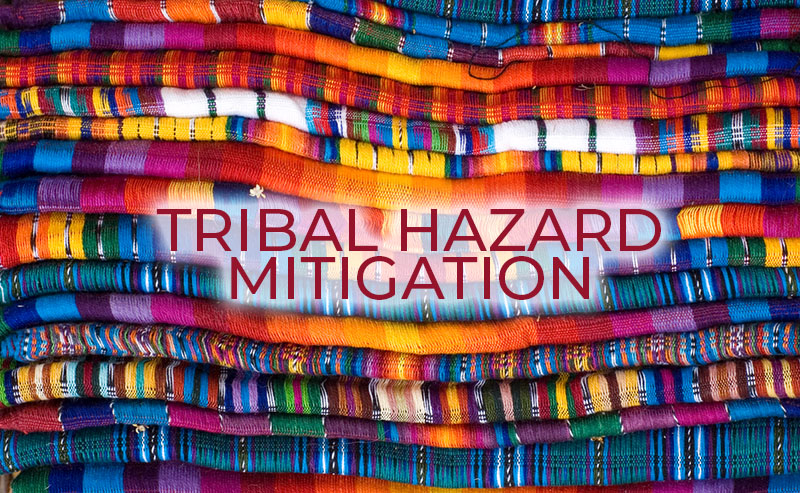It is widely known that native communities across the U.S. have suffered disproportionately from the COVID- 19 pandemic (i.e., higher rates of infection and death). For these reasons, many tribal governments have been slower to return to normal operations than their non-tribal counterparts. And new strains of the virus have delayed their progress all the more.
Presently, many tribal governments are struggling to operate remotely and with limited resources. Others, which are grappling with major staffing issues due to an increase in COVID (Omicron) cases, are completely shutting down for days at a time. This now includes several Oklahoma tribal governments, including the Kiowa Tribe, the Delaware Nation, and neighboring Wichita and Affiliated tribes, according to The Oklahoman.
Such actions, though necessary to combat the spread of the virus, are ultimately hindering the availability of many tribal government services. They are also forcing important government projects, including hazard mitigation planning, to be put on hold. And that could prove costly later on down the road.
Under the Disaster Mitigation Act of 2000 (Public Law 106-390), tribal governments (like state and local ones) are required to develop a hazard mitigation plan as a condition for receiving certain types of non-emergency disaster assistance as well as FEMA grants to implement mitigation projects.
Hazard mitigation plans, as everyone knows, outline the risks and vulnerabilities associated with specific areas, along with the critical infrastructure that may be affected by them. Depending on a tribe’s location, such hazards may include flooding, drought, wildfires, and winter storms. And its critical facilities might include schools, water treatment plants, hotels and casinos, and natural gas resources.
As of December 31, 2021, and as reported by FEMA, 228 tribal governments have current tribal mitigation plans. Unfortunately, the Bureau of Indian Affairs (BIA) indicates there are currently 574 federally recognized tribes. This significant gap, whether due to pandemic-related delays, a lack of resources, and/or inadequate funding is concerning. Especially when you factor in the severity and frequency of natural disasters over the last few years.
Clearly, the need/requirement to have a current, FEMA-approved hazard mitigation plan is greater than ever (such plans expire every five years). But so are the challenges given the current situation. If BOLDplanning can assist in any way, please let us know. Simply email info@BOLDplanning.com when feasible.
In the meantime, stay safe and stay the course. We can (and will) beat this pandemic. Together.






